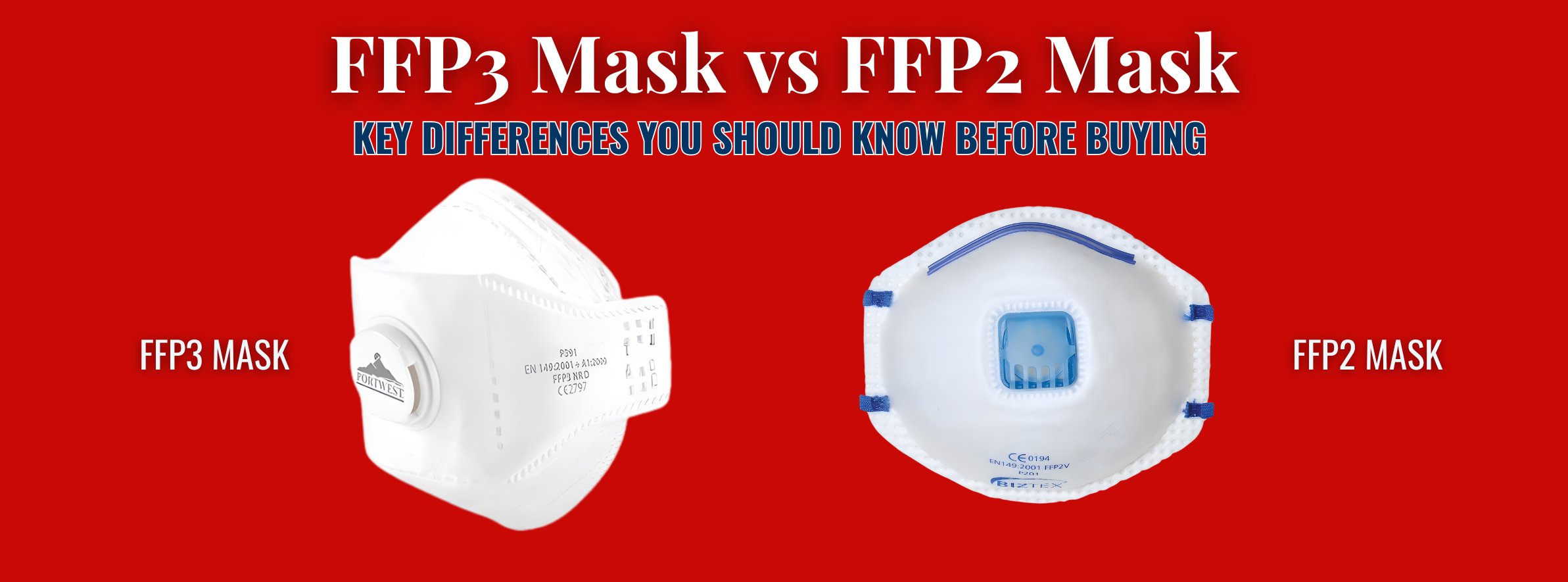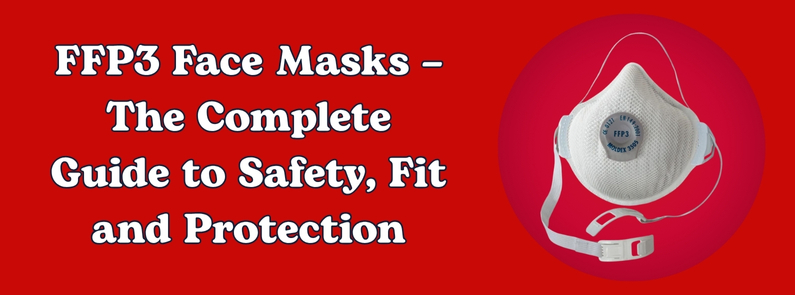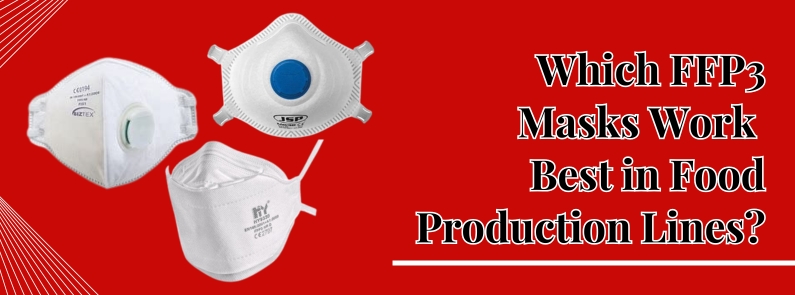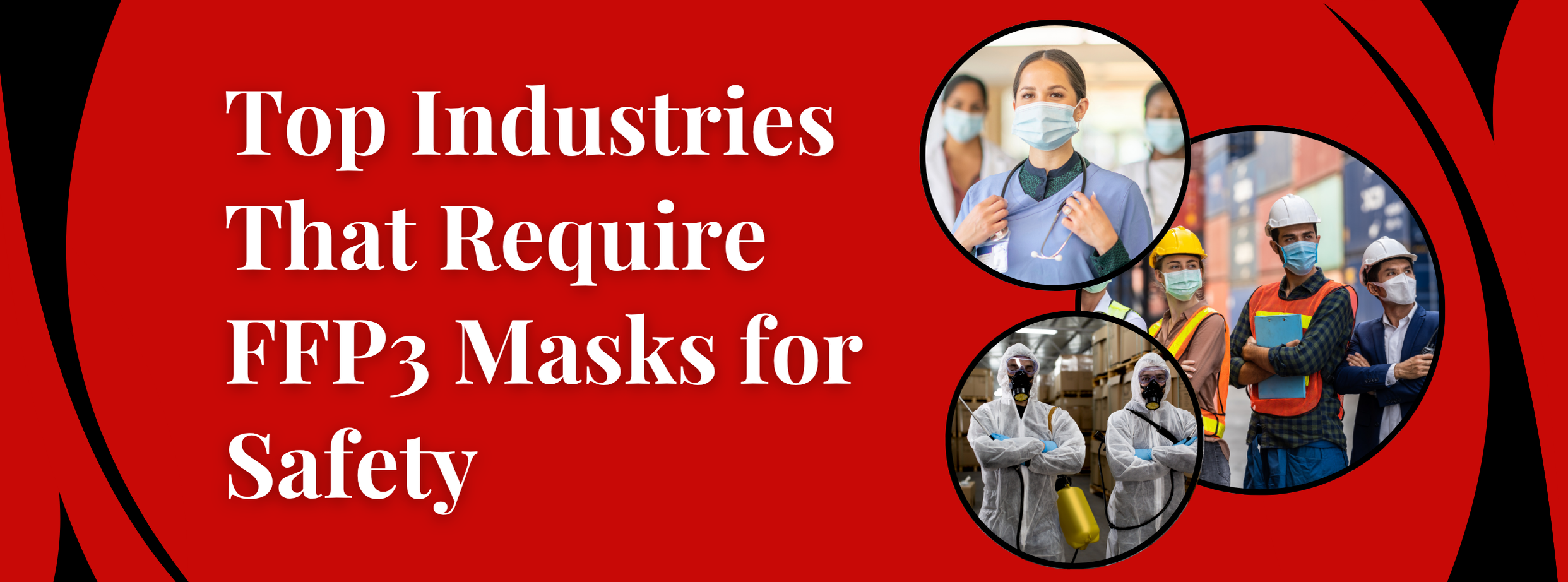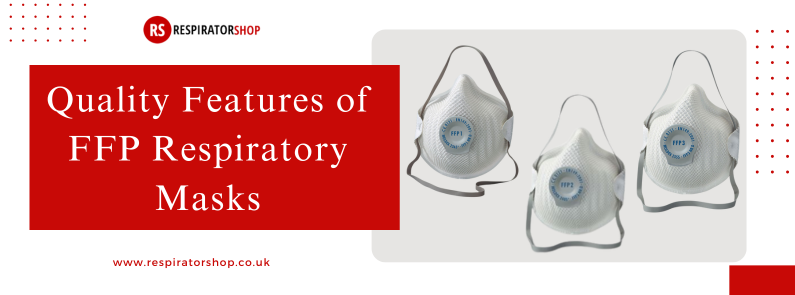
Respiratory masks are essential against airborne hazards. Among the many types out there, FFP (Filtering Face Piece) masks are the most well known for their performance and reliability. These masks come in 3 main categories - FFP1 mask, FFP2 mask, or FFP3 face mask. Each type offers unique filtration capabilities to match different protection needs. Therefore, grasping their quality features can help consumers make informed choices. That’s why this blog will explore the key quality features of FFP respiratory masks and why they are indispensable for safety.
Understanding FFP Respiratory Masks
FFP stands for “Filtering Face Piece,” and offers three distinct levels of protection to match various safety needs. At the basic level, the FFP1 mask defends against non-toxic particles like household dust or pollen. These masks filter out eight in every ten airborne particles, making them suitable for everyday low-risk situations.
Moving up the protection ladder, the FFP2 mask steps in when the stakes are higher. Medical professionals and construction workers often rely on these masks because they catch 94% of harmful particles. Their ability to block both dust and liquid droplets makes them especially valuable in healthcare settings.
For the most demanding environments, FFP3 Masks provide maximum security. These high-performance masks excel in chemical plants and similar hazardous settings by trapping 99% of dangerous particles. Their superior filtration makes them the go-to choice when dealing with toxic materials.
7 Quality Features of FFP Respiratory Masks
Understanding these quality features helps users choose the right mask for their specific needs. Each level of protection matches different risk scenarios, ensuring proper safety without overprotection. This knowledge empowers people to make smart decisions about their respiratory protection. The following are the six quality features of FFP respiratory masks:
1. Filtration Efficiency
The European standard EN 149:2001+A1:2009 sets out strict guidelines for respiratory protection equipment. Each mask is tested to meet or exceed these safety requirements. FFP2 masks filter 94% of particles, FFP3 masks filter 99% or more of airborne contaminants. These masks are particularly useful in pharmaceutical manufacturing facilities and biological laboratories. Their superior filtration capabilities protect workers from exposure to dangerous powder compounds and biological materials. The careful engineering behind FFP3 masks demonstrates how modern safety equipment continues to evolve, providing ever-better protection for those working in hazardous conditions.
2. Fit and Seal
An effective protective mask must fit securely without causing discomfort. Many FFP masks, such as those tested with the Moldex face fit test kit, ensure a snug fit that prevents air leakage. They incorporate a unique ActivForm 3D shape that adapts to the user’s facial contours, eliminating the need for metal nose pieces and enhancing comfort during prolonged use.
3. Breathing Resistance
Breathability is another vital feature. High-quality FFP masks should have low breathing resistance, allowing users to breathe comfortably without excessive effort. This is particularly important during extended wear, as increased breathing resistance can lead to fatigue. However, masks designed with long-lasting low-resistance filters can maintain airflow even when the mask is saturated with particles.
4. Comfort Features
Comfort is paramount when selecting a respirator mask. Features like soft woven straps enhance comfort during wear, reducing pressure on the face. Additionally, many models come with adjustable straps to ensure a secure fit without compromising comfort.
5. Lightweight and Portable Design
Another key feature of FFP respiratory masks is their lightweight and portable design. Despite their advanced filtration capabilities, they are compact and easy to carry. This makes them ideal for workers who need to move frequently between job sites or those who require emergency protection.
6. Moisture Management
No one likes a damp, uncomfortable mask pressed against their face. Modern FFP masks solve this challenge through clever design choices. Special moisture-absorbing layers pull sweat away from your skin, letting you breathe easily during long work hours. This thoughtful feature turns what could be an uncomfortable experience into a bearable one.
7. User-Friendliness
The design of FFP masks should facilitate easy use. Clear markings indicating the top and bottom of the mask help users put it on correctly without confusion. Moreover, instructions for fitting and removing the mask should be simple, ensuring that users can achieve a proper seal every time.
Why Use Face Fit Testing?
A proper face fit test is your first line of defence when using respiratory masks. The right mask fit creates a crucial seal that keeps you safe from dangerous particles in the air. When your mask fits perfectly, it forces air through the filter instead of finding gaps around the edges.
That's where specialised equipment like the Moldex face fit test kit becomes valuable. This testing process helps identify the exact mask size and style that matches your unique facial features. By taking a few minutes to complete a face fit test, you can work confidently, knowing your respiratory protection is doing its job effectively.
Choosing the Right Mask
When selecting an FFP mask, consider the environment in which it will be used. For light protection, an FFP1 mask is sufficient. For moderate risks, use an FFP2 mask, while an FFP3 mask is recommended for high-risk settings. Consider factors like breathability, fir, and compatibility with other PPE. Additionally, understanding the industry-specific requirements can help in selecting the most suitable protective mask.
Brands like Moldex offer a wide range of protective masks, known for their comfort and reliability. Always check for certifications and perform fit tests before use.
Wrapping Up
Choosing the right respiratory mask can mean the difference between safety and risk. These protective devices shield workers from harmful particles in dangerous settings. FFP1 masks work well for basic protection during lighter work activities. For more hazardous situations, FFP3 masks provide the strongest defence against airborne threats. Beyond meeting required safety standards, these masks are designed for comfort during long workdays.
When it comes to FFP masks, Moldex is a trusted name. Known for their rigorous testing and innovation, Moldex masks deliver exceptional performance. Their products, combined with the Moldex face fit test kit, ensure a secure fit and high efficiency. This makes Moldex a preferred choice for industries requiring reliable protective masks.

